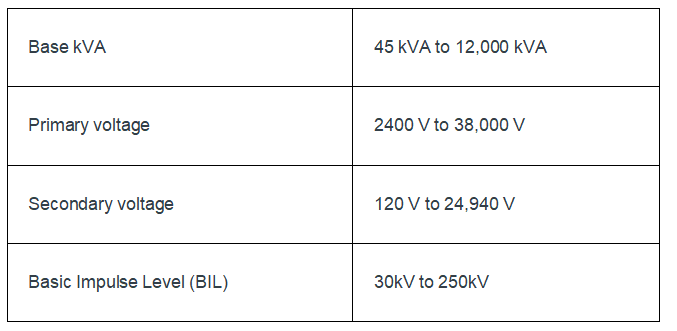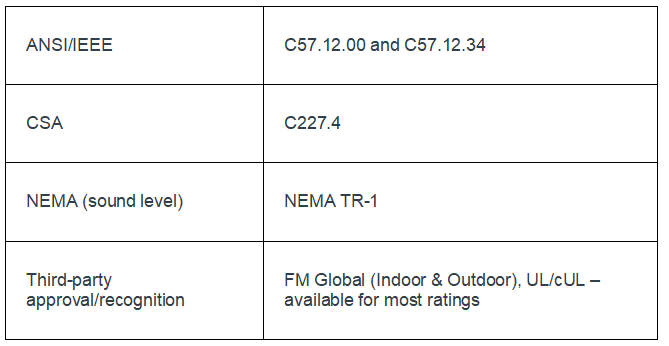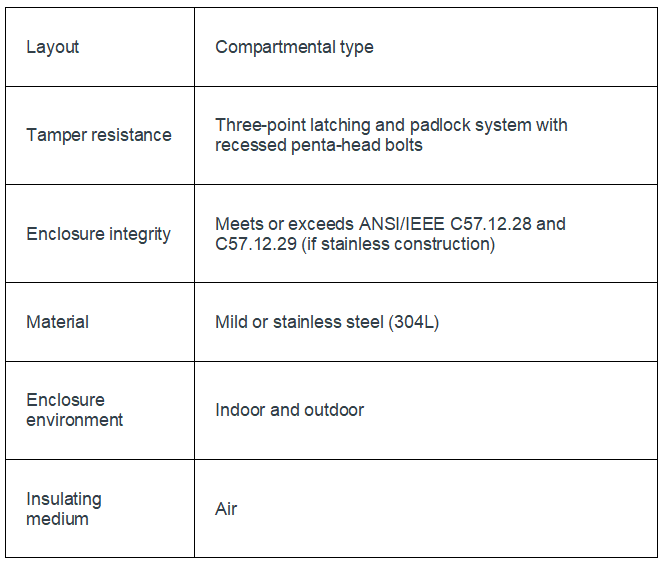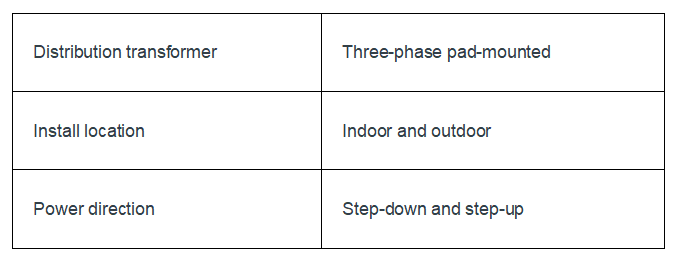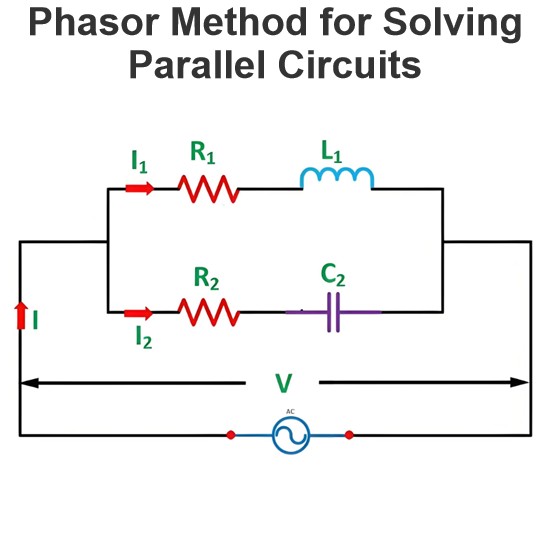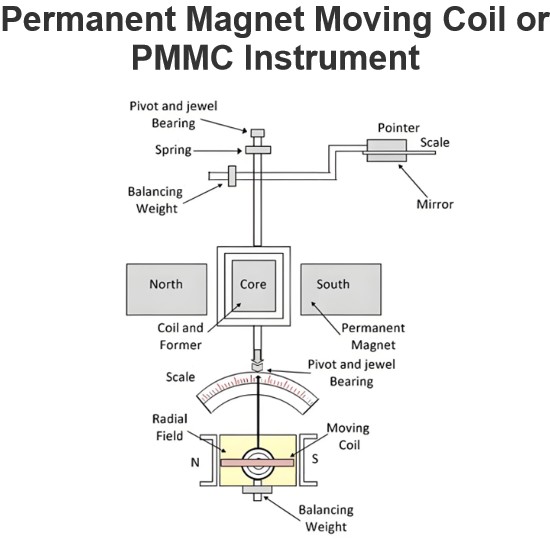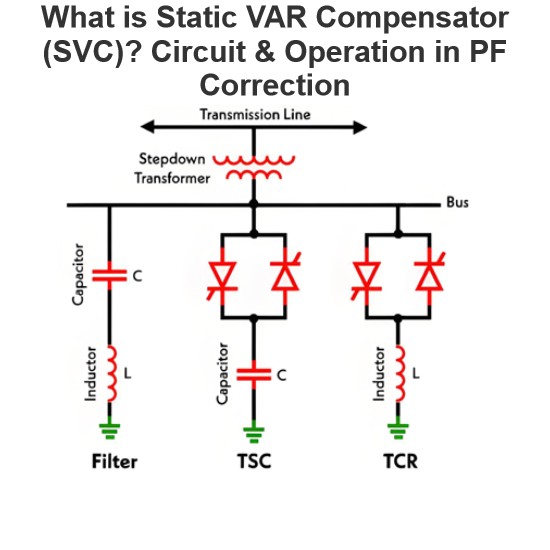| Brand | Vziman |
| Model NO. | 45-12,000 kVA Three-phase pad-mounted transformer |
| Primary voltage | 2400-38000 V |
| Secondary voltage | 120-24940 V |
| Capacity range | 45kVA-12000kVA |
| Series | ZGS |
Descripton:
Three-phase pad-mounted transformers (ANSI) serve as compact power hubs, suitable for utility, commercial, and industrial scenarios with multi-environmental tolerance. They can be deployed indoors or outdoors to provide energy-efficient and safe power solutions. Liquid-filled transformers offer diverse configuration options and can be flexibly combined with various accessories to meet diversified specifications from basic to complex.
Technical Parameters:
Ratings
